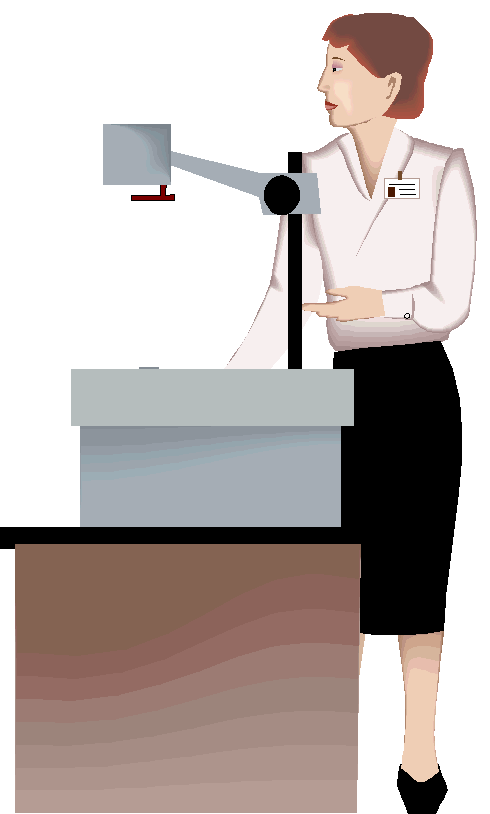
Using Collection Assessment Information
There is no use in taking the time to assess your collection unless you plan on using the information. At the end of the assessment of each subject section of your collection, you should have a brief written report that details the current state of that part of your collection and steps for necessary improvements. These reports can be used in four ways.

First, the reports can be used to make decisions about materials selections. If a section has been assessed and has been compared to a standardized list, one of the parts of the report may be a list of materials that the library should have that it does not. This list of materials may be used to acquire materials that will strengthen the collection in this area.

Second, the report can be used in creating a weeding plan. Sections of the collection that have been found to have a large number of obsolete materials can be given priority for weeding.

Third, the report can be used for fundraising. Collection assessment reports can show with hard facts that a part of the collection is out-of-date or inadequate. In a school library, this kind of report could be shown to the superintendent or school board as evidence that more funding is needed for the library. A city library could show these reports to the city council as part of their budget request. All libraries could use reports on particular parts of their collection to support grant requests or requests to local organizations for funding. For example, if the medical section of a public library needs improvement, the collection assessment report could be shown to local organizations that are interested in health care issues, along with a request for funding to improve that part of the collection.
Fourth, the report can help you when you are doing cooperative collection development with other libraries in your area. Collection assessment reports can help library cooperatives develop a joint plan for collection development in which libraries develop a strong collection for their area by developing separate strengths in each library.
Thus, while collection assessment can be a time consuming and arduous process, its benefits can be considerable. At the least, collection assessments will help the library staff and governing authority understand the strengths and weaknesses of the collection. At their best, they provide objective evidence that can help resolve these problems.
Click the
arrow below to continue to the next page